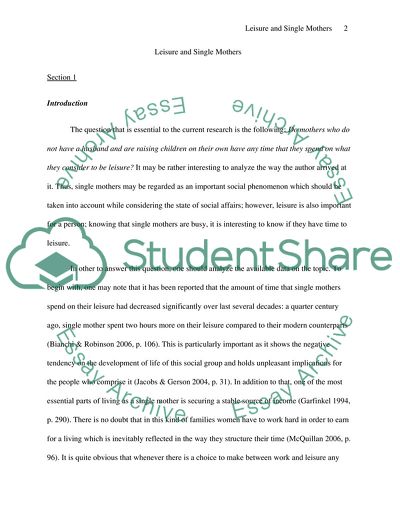Cite this document
(Leisure and Single Mothers Report Example | Topics and Well Written Essays - 3000 words, n.d.)
Leisure and Single Mothers Report Example | Topics and Well Written Essays - 3000 words. https://studentshare.org/social-science/1855126-social-research-method-leisure-and-single-mothers
Leisure and Single Mothers Report Example | Topics and Well Written Essays - 3000 words. https://studentshare.org/social-science/1855126-social-research-method-leisure-and-single-mothers
(Leisure and Single Mothers Report Example | Topics and Well Written Essays - 3000 Words)
Leisure and Single Mothers Report Example | Topics and Well Written Essays - 3000 Words. https://studentshare.org/social-science/1855126-social-research-method-leisure-and-single-mothers.
Leisure and Single Mothers Report Example | Topics and Well Written Essays - 3000 Words. https://studentshare.org/social-science/1855126-social-research-method-leisure-and-single-mothers.
“Leisure and Single Mothers Report Example | Topics and Well Written Essays - 3000 Words”. https://studentshare.org/social-science/1855126-social-research-method-leisure-and-single-mothers.


